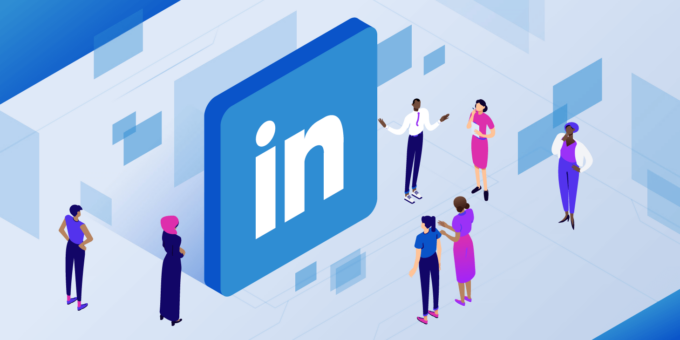Yes, there is a large percentage of the population who will not accept your invitation, whether you personalize it or not, but among those open to new connections, personalization increases your chances of success by a significant 32%, our survey found. The personal rule of one of this article’s co-authors is to only reach out to, and accept invitations from, people he has met in real life, or worked with extensively online. A successful serial entrepreneur and computer scientist who responded to our survey agreed with this personal policy, but added that he would also accept an invitation from someone with whom he had at least 100 common contacts.
#3 Not making an effort because you’re uncomfortable
Just because you are junior and feel uncomfortable networking for purely instrumental reasons, don’t assume that this lets you off the hook. You still need to work at connecting. Many of us feel “dirty” or impure when we’re trying to meet with someone with purely a professional goal in mind. Yes, you might eventually come to like this person, or be able to do them a favor one day, but right now your objective is to get something from them, and you don’t like the way that makes you feel. Unless you’re trying to break the law, or do something that will somehow injure that person, dispense with these thoughts of moral purity. It will require energy and effort on your part to overcome your discomfort, but that’s just work.
#4 Not making an effort because you’re comfortable
Just because you’re senior and comfortable with networking for purely professional reasons, do not assume that others feel the same. You’ve probably told your junior employees: “My door is always open”. That’s not enough. If you think someone three levels down in the hierarchy is going to knock on your door, then you really are out of touch. You need to make an effort and approach them, not assume it’s easy for them. Consider inviting the new hire for coffee; sit down at lunch with a group of junior employees or people from a department that you don’t work with regularly. If you wish, don’t think of this as networking, but simply good management.
#5 Believing it’s too hard
If you’re in a minority group, such as a woman in a corporation, and you’ve always been told that networking is harder for women, dispense with this thinking. In some ways, it’ll be different, and it will require more energy and time. For example, in a job search, both men and women engage in schmoozing, reaching out to as many people as possible. However, women also engage in scouting, aimed at learning specifically about gender dynamics and support for parenting within companies. Putting in that extra time and energy will yield positive results. We asked nine questions related to networks and networking, and there were no differences in the responses from women, compared to men. Yet previous research has shown that the networks of the most successful senior women are different from those of less successful women, by being both a central node in the tight core networks of their organizations, and also by having unique links to dense networks outside the norm of their companies.









 Audio available
Audio available